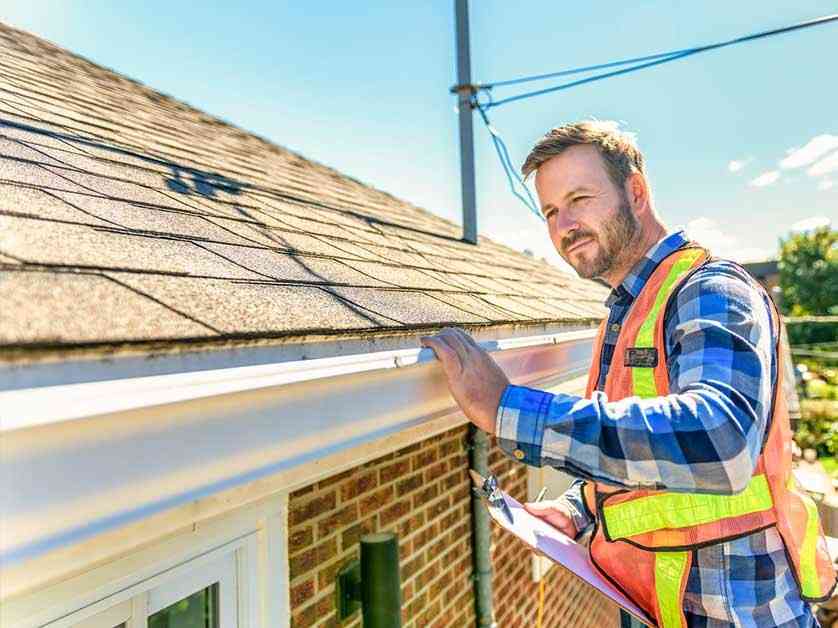
When people imagine a strong roof, shingles and sturdy beams often take center stage.
When it comes to roofing, most people focus on visible elements like shingles, gutters, or even skylights. But one of the smallest, least noticeable components is often the one that keeps your home safest: the protective strip of flashing installed along the roof’s edges. Though slim and easy to miss, this feature plays a major role in preventing leaks, extending the life of your roof, and saving you money in the long run.
The edges of a roof face constant pressure—from rainfall, wind, and shifting temperatures. Without the right guard in place, water can sneak under shingles, rot the decking, and create mold problems inside the home. Here’s why this overlooked feature matters:
Keeps water moving in the right direction – It guides rain straight into your gutters, preventing infiltration. A detailed breakdown of these benefits is available in the Roof Drip Edge article.
Preserves fascia and soffits – By keeping runoff away, it prevents wooden trim from swelling, warping, or decaying.
Improves gutter efficiency – Ensures water flows into the gutter system instead of dripping behind it.
Acts as a pest barrier – Closes off tiny spaces where birds, squirrels, or insects might otherwise enter.
This thin strip of flashing contributes much more than many realize:
Storm defense – Anchors shingles in place and reduces wind uplift during storms.
Winter resilience – Helps reduce the risk of ice dams, which can cause water backups.
Roof longevity – Protects shingles and underlayment from premature deterioration.
Curb appeal – Offers neat, finished lines along the roof’s edges for a polished look.
When you add up these advantages, it becomes clear that this feature isn’t just a technical requirement—it’s a true safeguard for your home.
Like other roofing components, these edge strips come in different styles and materials, each offering unique benefits:
Galvanized steel – Durable, weather-resistant, and long-lasting.
Aluminum – Lightweight, affordable, and rust-proof.
Copper – Premium option with a timeless appearance and unmatched durability.
Profiles also vary:
“L” shape – Standard option for most homes.
“C” shape – Offers added coverage.
“T” shape – Designed for specific roof styles and climates.
The right material and profile not only ensure performance but also enhance your home’s overall look.
Even the best materials won’t work if installed incorrectly. Placement is everything—under the underlayment on eaves, over the underlayment on rakes, and properly fastened with nails. Overlapping sections also ensure a seamless seal. Hiring a professional Roofing contractor Louisiana ensures these details are handled with precision, so the protection lasts for decades.
Although it’s one of the smallest parts of a roofing system, this flashing strip is a silent hero. It prevents water infiltration, supports gutters, protects trim, and even helps keep pests out. For homeowners considering a roof replacement or upgrade, making sure this feature is included is non-negotiable. Think of it as a low-cost investment with high-value returns—a smart step toward long-lasting roof health and peace of mind.
© 2024 Crivva - Business Promotion. All rights reserved.